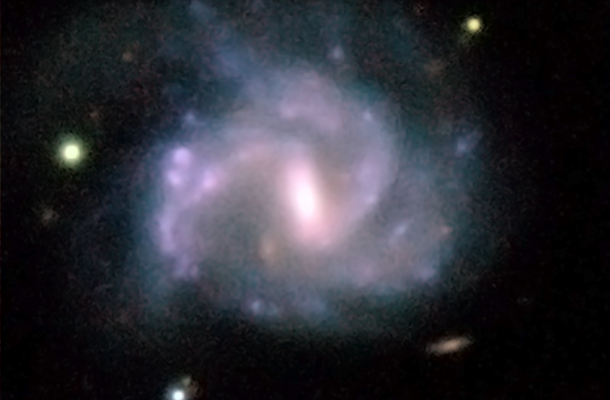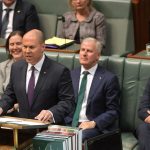You can help unlock the secrets of the universe

Scientists are appealing for public help on one of the biggest astronomy projects of the next ten years.
The new citizen science project — known as AstroQuest — needs volunteers to study images of galaxies and figure out which light is coming from which galaxy.
“When you go outside and look up at the night sky, there’s a lot of black with all of the stars dotted around,” said astrophysicist Dr Luke Davies, from the University of Western Australia node of the International Centre for Radio Astronomy Research (ICRAR).
“But when you look with a really powerful telescope for a long time, you actually see that there are galaxies and stars everywhere, all over the sky.
“It’s really, really crowded, and all of these galaxies and stars overlap with each other.”
Dr Davies helps lead WAVES—or the Wide Area Vista ExtraGalactic Survey—a million-dollar international project and the biggest spectroscopic galaxy evolution survey ever undertaken.
He said WAVES needs to accurately measure the light coming from millions of galaxies.
“We use sophisticated computer algorithms to make sense of where the light is coming from in these crowded regions,” Dr Davies said.
“But the computer often gets it wrong. It’s simply no match for the human eye and brain.”
Dr Davies said professional astronomers have previously looked through all the galaxies and fixed the computer’s mistakes.
“But as more and more galaxies are surveyed, there simply aren’t enough people on our team to do it,” he said.
ICRAR citizen science project officer Lisa Evans said AstroQuest asks volunteers to take over from professional astronomers and check the computer’s work.
Where the computer has gotten it wrong, volunteers are asked to fix it.
“There’s never been a citizen science project quite like this before,” Ms Evans said.
“This is the first time we’ve got people actually painting over the galaxies and drawing in where they are.”
Ms Evans has also added game features to AstroQuest, including leaderboards, quests and achievements.
Dr Davies said knowing the amount of light that comes from a galaxy can tell us things like how many stars the galaxy currently has, how many stars it’s forming and how much dust is in it.
He said the team is ultimately trying to learn more about how galaxies in the early Universe evolved into the galaxies that we see today.
“If you map out millions of galaxies and measure all of their properties you can actually see how galaxies change as the Universe gets older. You can then explore how things like where a galaxy lives in the Universe and if it’s crashing into other galaxies affect how it evolves with time,” he says.
AstroQuest is a chance for anyone who’s interested in astronomy to be involved in one of the biggest scientific projects of the next ten years, Dr Davies said.
“You can essentially be at the forefront of scientific research and help out a huge million-dollar international project just by being at your computer and drawing over pictures of galaxies,” he said.
The International Centre for Radio Astronomy Research (ICRAR) is a joint venture between Curtin University and The University of Western Australia with support and funding from the State Government of Western Australia.
AstroQuest was funded by the Australian Government as part of their Inspiring Australia initiative.
Open Forum is a policy discussion website produced by Global Access Partners – Australia’s Institute for Active Policy. We welcome contributions and invite you to submit a blog to the editor and follow us on Twitter, Facebook, Linkedin and Mastadon.













